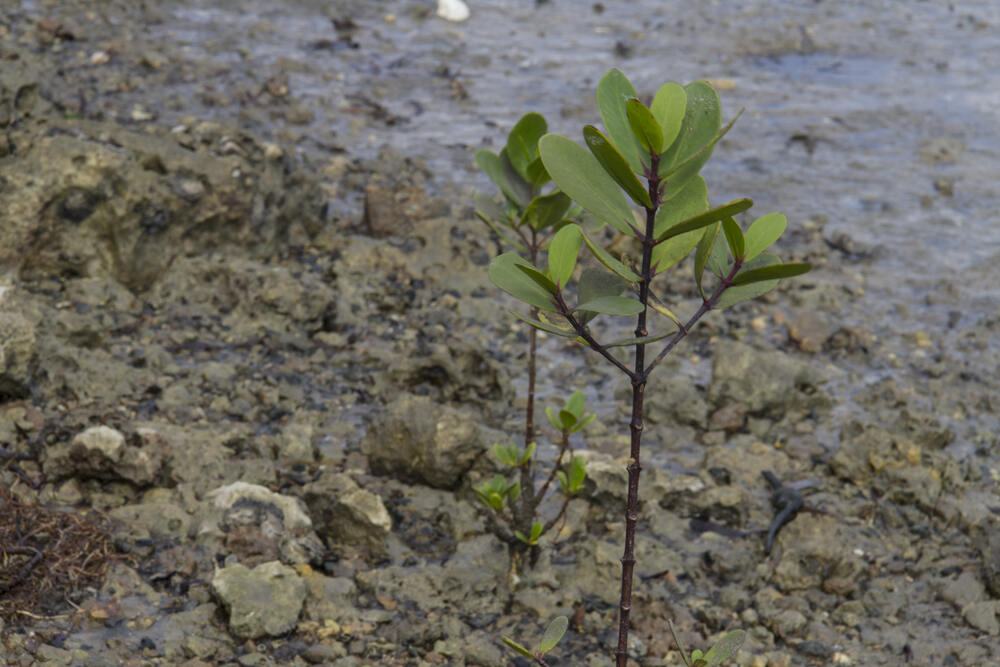The Importance of Mangrove Ecosystems
Mangrove forests, found along tropical coastlines, are among the world’s most vital and productive ecosystems. These unique environments, situated between land and sea in tropical and subtropical regions, play a crucial role in coastal protection, carbon storage, and climate regulation. Mangroves are essential not only for their ecological benefits but also as habitats for a diverse range of species, including endangered ones like the Gangetic dolphin, olive ridley turtle, water monitor lizard, and estuarine crocodile.
Mangrove ecosystems provide numerous ecosystem services, including food, fuel, building materials, and traditional medicine for local communities. These forests also prevent coastal erosion, support nutrient cycling, and protect shorelines from storm surges. The Sundarbans, located in the Bay of Bengal, is home to the largest mangrove forest in the world, showcasing the immense ecological significance of these habitats.
Threats to Mangrove Ecosystems
Despite their importance, mangrove forests have been rapidly declining worldwide, with a 20% reduction since 1980. One of the primary drivers of this loss is the uncontrolled expansion of aquaculture, particularly in South and Southeast Asia. As the global population is projected to reach 10 billion by 2050, the demand for protein will increase, putting further pressure on natural resources. With 93.8% of fish stocks already fished at or beyond sustainable limits, aquaculture is poised to become a critical source of protein.
Unfortunately, the growth of aquaculture, especially shrimp farming, has been linked to significant mangrove loss in tropical and subtropical coastal regions. Shrimp farming, one of the most profitable aquaculture industries, has historically been responsible for 38% of global mangrove deforestation. These farms are often located in intertidal zones where mangrove forests thrive, leading to the destruction of these vital ecosystems.
What is Integrated Mangrove Aquaculture (IMA)?
Despite the challenges posed by traditional shrimp farming, there is potential for this industry to contribute positively to mangrove conservation. Integrated Mangrove Aquaculture (IMA) is an innovative approach that seeks to balance aquaculture production with mangrove preservation. IMA involves cultivating shrimp and other aquatic species within mangrove ecosystems, allowing both to coexist and thrive.
In IMA systems, mangroves are either retained in existing aquaculture ponds or replanted in deforested areas. This method, also known as “silvofisheries,” integrates mangrove trees with low-density shrimp and fish farming. By maintaining or restoring mangroves within aquaculture sites, IMA promotes biodiversity and ecosystem services while supporting sustainable aquaculture practices.
Challenges and Considerations
While IMA offers a sustainable alternative to traditional aquaculture practices, it is not without challenges. The expansion of large-scale IMA systems may pose a risk to remaining mangrove habitats if not managed properly. Furthermore, the financial and technological requirements of IMA can be a barrier to small-scale farmers, potentially leading to ownership consolidation and exclusion of smaller investors.
It is essential to ensure that IMA systems are implemented in a way that protects intact mangrove forests and supports biodiversity. Although the rehabilitation of mangrove habitats can restore some ecosystem services, the primary focus should be on preventing further conversion of mangroves. This will safeguard the critical functions these ecosystems provide, such as carbon sequestration, coastal protection, and habitat for endangered species.
Integrated Mangrove Aquaculture (IMA) represents a promising approach to reconciling the demands of aquaculture with the need to preserve mangrove ecosystems. By promoting sustainable shrimp farming practices that incorporate mangroves, IMA has the potential to protect and restore these vital habitats while supporting the livelihoods of local communities. However, careful management and support for small-scale farmers are crucial to ensuring that IMA contributes to long-term sustainability and biodiversity conservation. As the global demand for protein continues to rise, adopting sustainable aquaculture practices like IMA will be essential in balancing economic growth with environmental protection.
